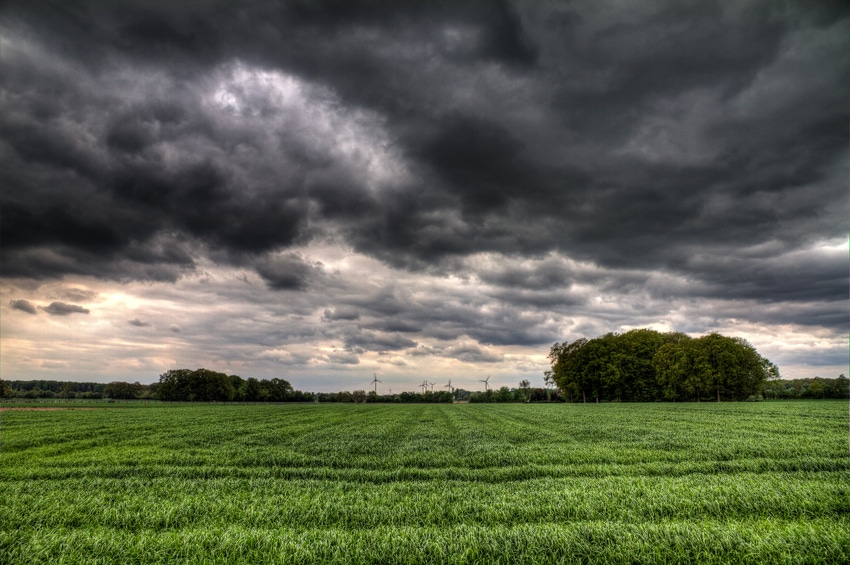
Some meteorologists say up to half of the rainfall on a continent comes from the evapotranspiration of plants and soil. This implies a huge reward for better soil management.
To be contrarian, I say meteorology has similar problems to economics as a science. Neither discipline can truly control enough variables to make a good measurement of the effects of a single happening, therefore they can only use scientific principles to imply those results. Nonetheless, I'm going to agree in this case that the amount of soil organic matter and therefore the amount of moisture present in the soil has huge effect upon plant health and therefore upon plant transpiration. Therefore, across large expanses it should have huge effect upon moisture put back into the air and upon rainfall.
Another way of measuring all this was drawn to my attention recently. It's a year's worth of satellite data on worldwide soil moisture.
It began with the launch in 2015 of a NASA satellite called Soil Moisture Active Passive (SMAP). It is designed to provide globally comprehensive and frequent measurements of the moisture in the top two inches of soil every two to three days. SMAP’s first year of observational data has now been analyzed and scientists on the project say it is providing some significant surprises that will help in the modeling of climate, forecasting of weather, and monitoring of agriculture.
Apparently, this top level of soil preserves a “memory” for weather anomalies, more so than had been predicted from theory and earlier, disparate measurements. The researchers' use of the word "memory" refers to the persistence of effects from unusually high or low amounts of rainfall. Contrary to most researchers’ expectations, it turns out that these effects persist for a matter of days, rather than just a few hours. They say on average, about one-seventh of the amount of rain that falls is still present in that topmost layer of soil three days after it falls — and this persistence is greatest in the driest regions.
Researchers also say the data also show a significant feedback effect that can amplify the effects of both droughts and floods. When moisture evaporates from wet soil, it cools the soil in the process, but when the soil gets too dry that cooling diminishes, which can lead to hotter weather and heat waves that extend and deepen drought conditions. These things were known true at the micro level, meaning they have been measured with soil thermometers and moisture meters, but had never been quantified on a large scale.
I'll remind you this is from depleted soil, which today is the standard the world over. What if we were dealing with healthier soil, with higher organic matter?
Let's think about what could happen if we raised the organic matter significantly and across large areas. Since science tells us a 1% increase in soil organic matter holds at least 20,000 gallons of water in each acre of soil, that suggests my home state of Oklahoma, containing 44.7 million acres, could hold at least 894,694,400,000 gallons more water in the soil after each rainfall event of one inch or more. We can multiply that by the number of one-seventh from the SMAP satellite data. That means seven days after that one-inch rainfall event, Oklahoma's soil would still have an extra 127.8 billion gallons of water the plants could continue to use for evapotranspiration, thereby further moistening the air and increasing the potential for more rainfall.
This is exciting because it strongly suggests grazing and farming that builds soil is not only directly beneficial to those practicing it for higher yields, lower inputs, more profit and more drought resiliency, it also appears it helps make more rain for everybody.
About the Author(s)
You May Also Like




